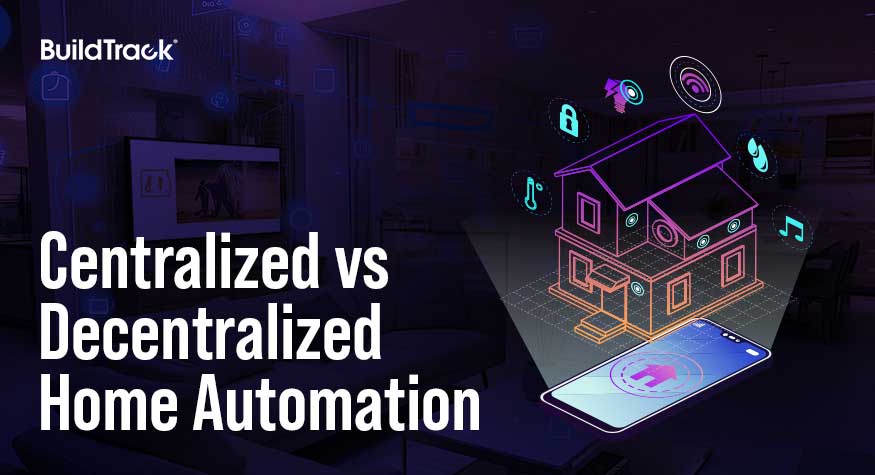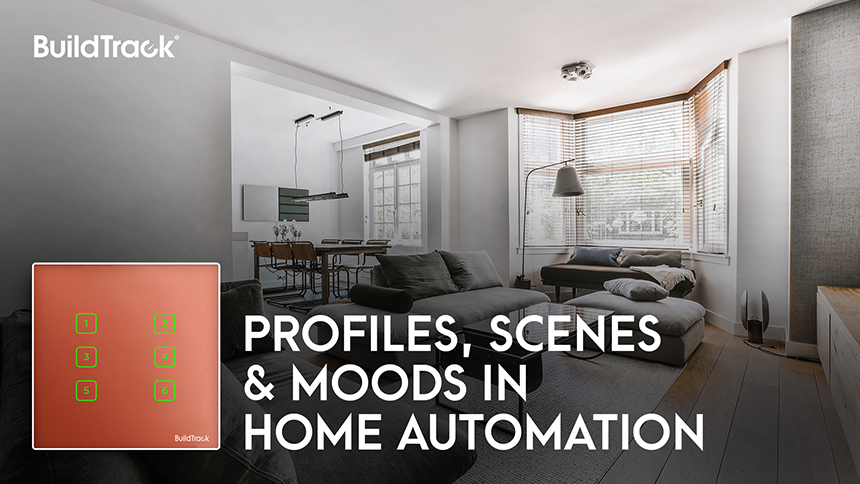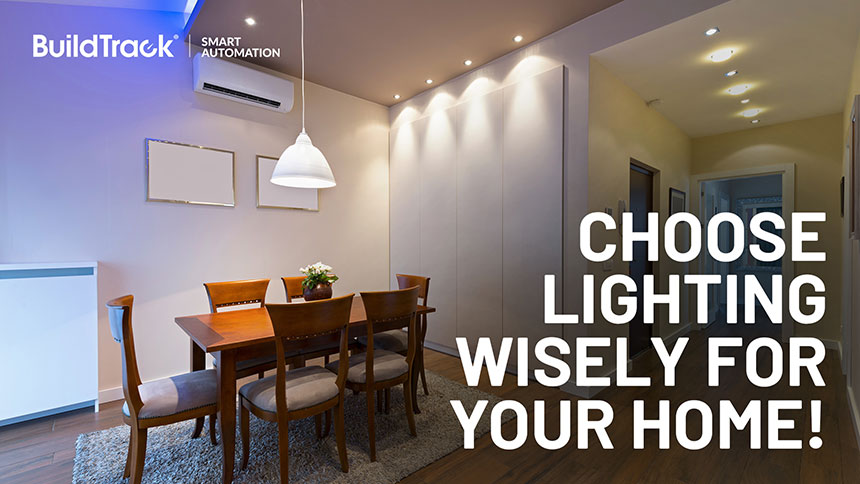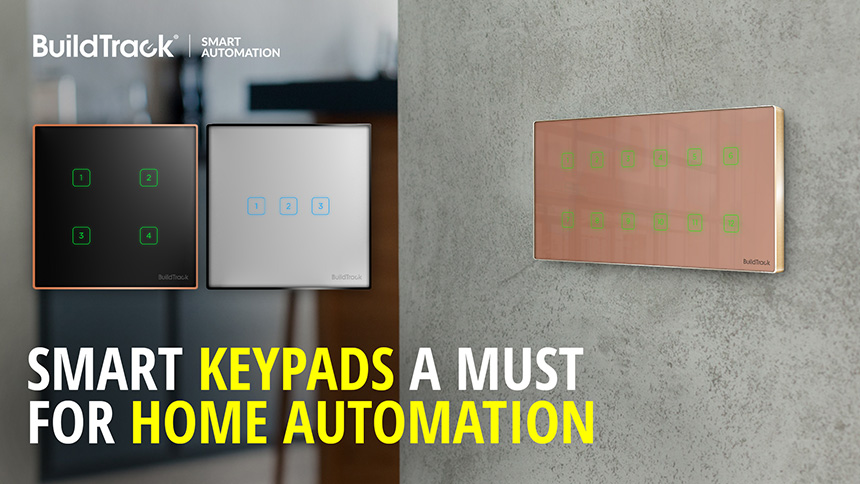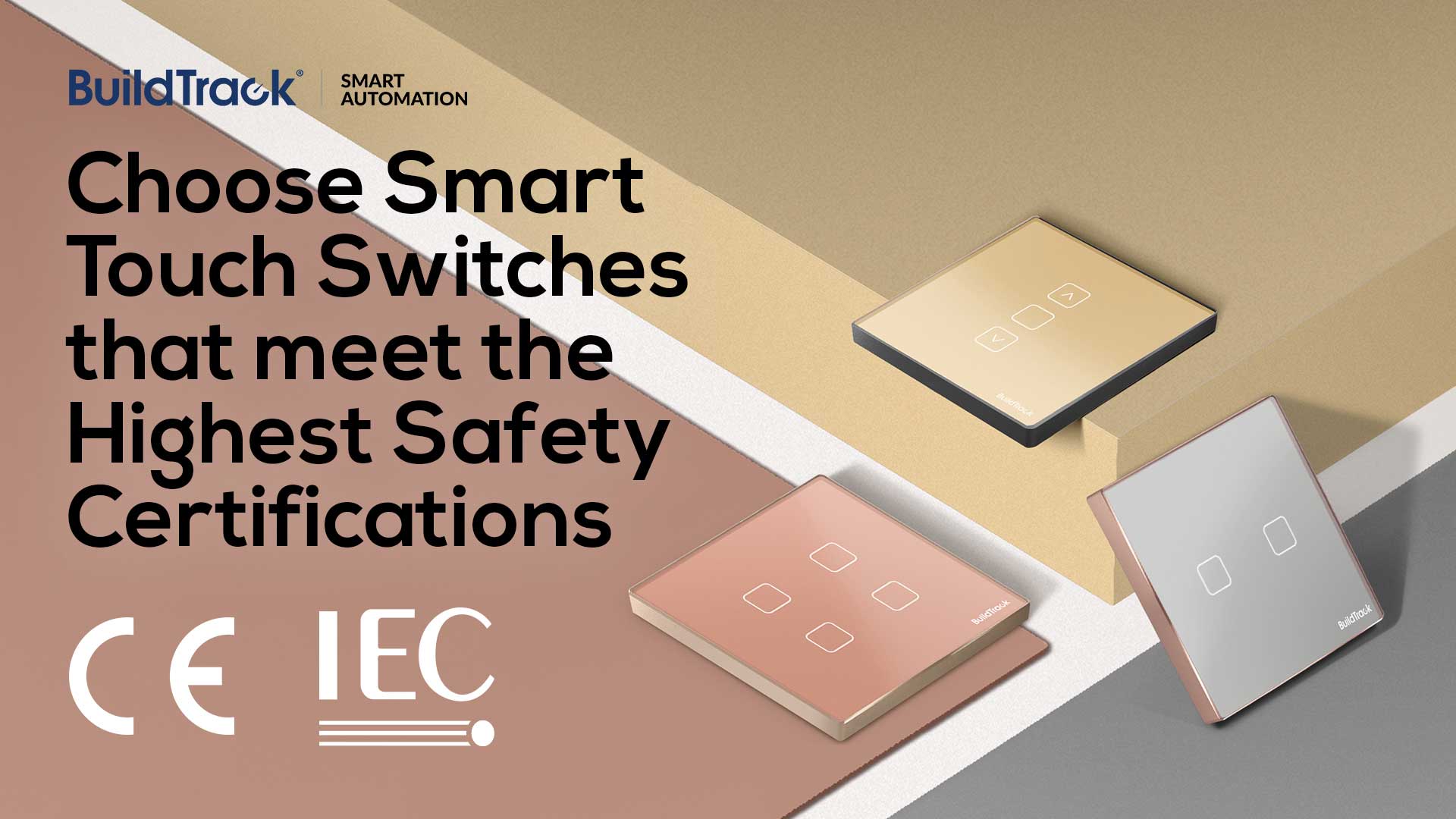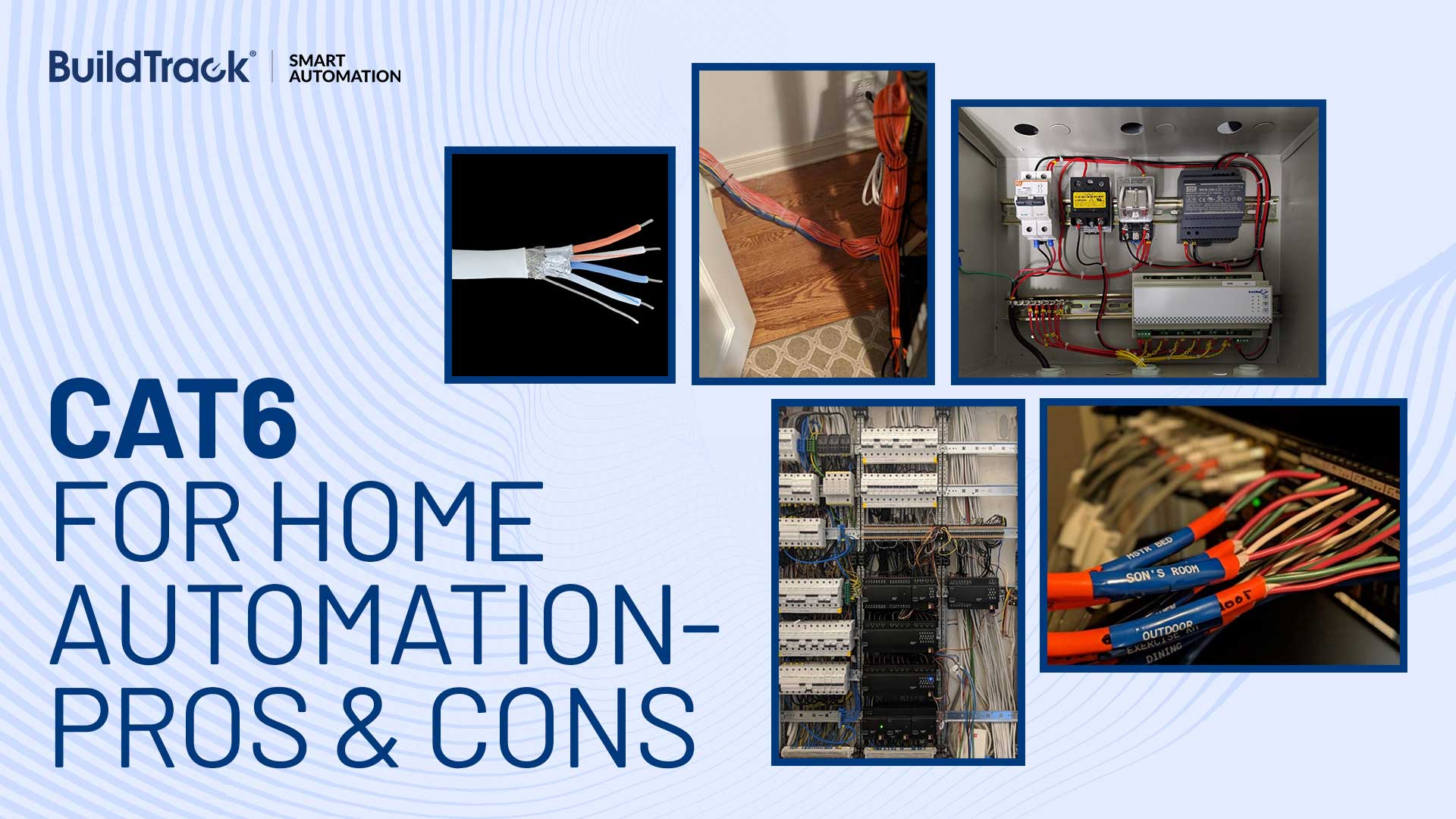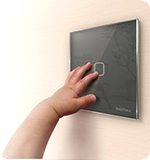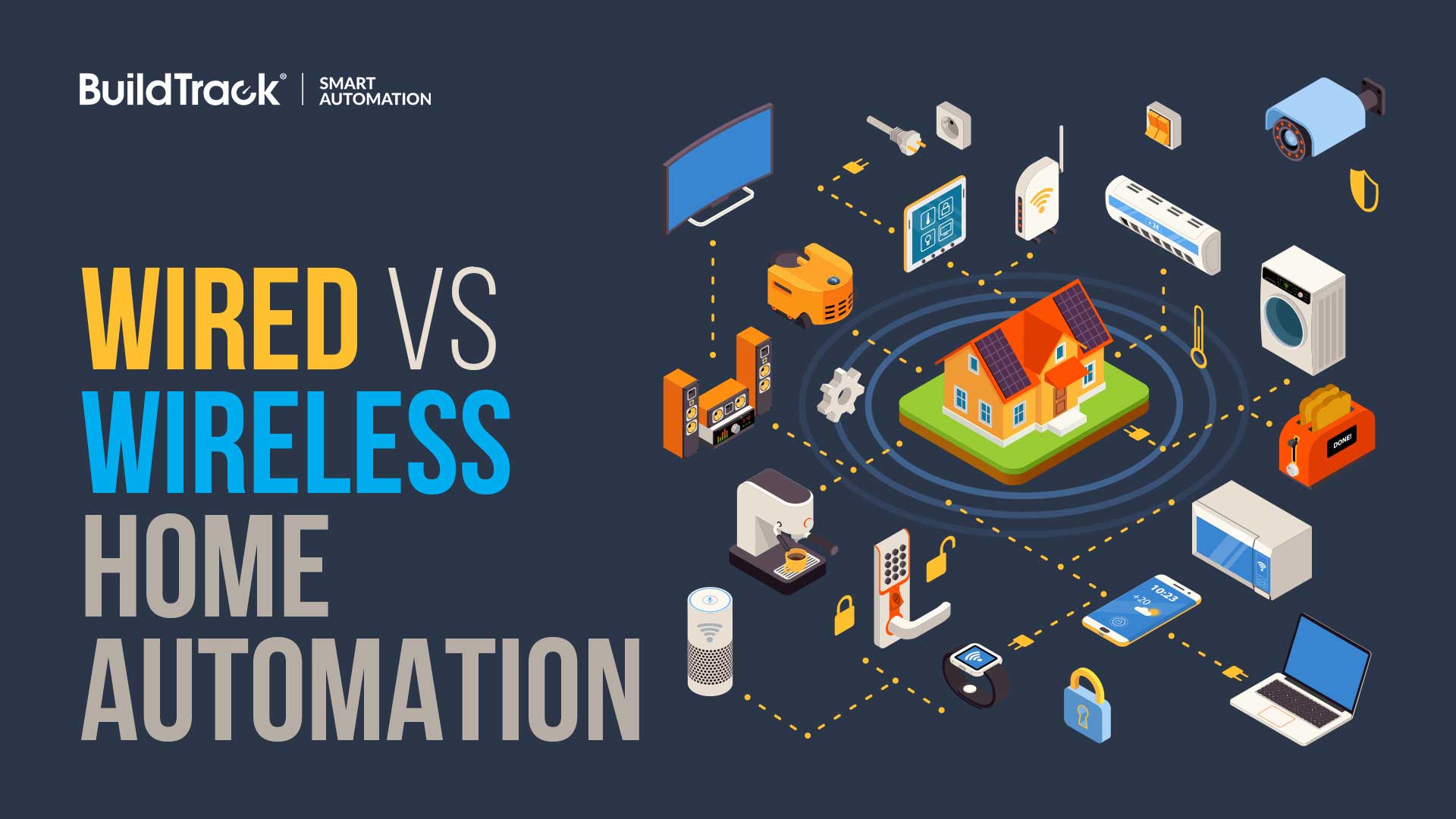
WIRED VS. WIRELESS HOME AUTOMATION – THE SURPRISING TRUTH ABOUT WHICH SYSTEM IS BEST FOR YOUR HOME?
Wired or Wireless Home Automation?
BuildTrack offers smart home automation solutions, from wired to wireless systems. Many homeowners and builders face a key question: should they choose wired or wireless home automation for their homes?
This is the question that many builders and home-owners debate when considering home automation for their BHKs or Villas or buildings that they are constructing. In this day and age of pervading wireless in the forms of 3G, 4G, 5G, WiFi, IR and much more, it is ever so tempting to go the wireless route even for home automation. In many cases the physical circumstances and constraints posed in existing spaces leave no choice but to go wireless. However, there are many new-build or renovation situations where wiring is an option, in such cases we would always recommend to the user to go with wiring being installed for enabling wired home automation systems.
Top Reasons Why Wired Home Automation is Worth Considering
Cost of Wiring for Home Automation During New Builds
At the time of new build or renovation the cost of wiring for home automation is marginal compared to the cost of electrical wiring for the home itself, especially since wiring for automation can share the conduits with the electrical wiring for the home. The wiring is also just a single loop of wire pulled across the room. So cost of the wire or the labor is not a major barrier in considering wired systems.
Future-Proof Your Home Automation with Wired Systems
If you put wiring in place, you can still in the future opt for a wireless system. The reverse however is not possible. The wiring that is in place in no way interferes or prevents one from using any type of wireless systems in the future.
Wired Home Automation: Cost and Installation Insights
Wired systems are much more reliable since they typically use shielded cables and there is no interference from anything to the signals that move in them. Unlike wireless systems where there can be many sources of interference, especially if the same frequency and channel is being used by multiple devices not only in one’s home, but even in neighboring homes.
Wired vs Wireless Performance: What You Need to Know
The performance of wired systems is consistently better than wireless systems, because they are dedicated for this purpose alone. System latency is much lower and seamless controls of multiple circuits can be achieved especially whilst executing profiles/scenes involving multiple circuits or devices. Wireless systems such as WiFi are shared systems and performance can vary depending on who is using what type of device connected to that network. The ebb and flow of streaming media and the increase in the devices using them will inevitably have an impact on performance of the Smart Automation system which has no preference amongst them.
Ensuring Home Security and Safety with Wired Systems
Research data shows that around 50 percent Users adopt automation to meet their security and safety needs. Wired networked systems with minimal likelihood of interference from external sources, jamming possibilities and a need for frequent sensor battery changes is the only reliable option to meet these critical requirements.
Wired Home Automation and Long-Term Technology Benefits
Technology is constantly changing, and one can easily change many aspects such as phones or PCs every few years without much thought. But devices such as switches which are in significant quantities across a home and are placed with some intent of permanence inside the walls of the home cannot be changed so quickly. So it makes sense to have wired systems which will not be impacted that quickly by any technological change.
Are there any reasons not to consider Wired systems? Typically the reasons we encounter for this are:
Are Cables Prone to Damage?
Cables can be destroyed by rats who practically chew everything. While theoretically this is true, in our many years we have yet to encounter a situation where any system has been brought down due to the wiring being destroyed by rats or mice.
Does Going Wireless Delay Investment Costs?
Going wireless allows owners or builders the ability to delay their investment in the building process to the very end. While that is correct, the wiring costs are marginal in comparison to the cost of renovating or building a home.
Understanding Different Types of Wiring: RS485, CAT6, TP1
It may be important to point out that all wired systems are not the same. The type of wire can be different (e.g. RS485 or CAT6 or TP1 cable). The nature of the wiring can be different for example, the CAT6 system is a point to point wiring system, hence at the termination point the various CAT6 cables come from various switch boxes across the home to form at mighty bundle. In the case of RS485 there is a single cable loop (bus system) that runs across the home and drops from it are used in various switch boxes, so there is only a single cable at the termination point.
Final Verdict: Wired or Wireless – Making the Smart Choice
Choosing between wired and wireless home automation depends on your home’s layout, budget, and long-term reliability needs. For new builds or renovations, installing wired systems offers unmatched performance and flexibility, while still allowing future wireless upgrades. Contact BuildTrack to design a smart automation system tailored to your home.

